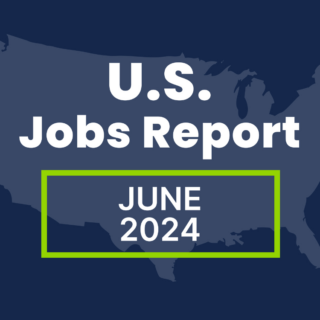HRO Today quoted PeopleScout Executive Leader, the Americas David Ludolph in its recent article, Data in the Driver’s Seat. The article covers how analytics has the power to help HR solve its toughest challenges.
“Organizations can leverage data on their internal recruiting teams in order to optimize and improve the hiring process,” Ludolph told HRO Today. “To analyze the capacity of the recruiting team, look at the metrics including: number of open requisitions; number of hiring managers each recruiter is supporting; how many unique locations a recruiter is working with; and aging metrics by time in each step of the hiring process.”
When it comes to turnover, Ludolph recommends analyzing if employees are consistently leaving the organization after a certain amount of time in a position.
“We worked with a client who believed their highest turnover point was at the 60-day mark. However, after analyzing turnover data, we discovered that average turnover happened at just over two years,” he explains.
With this insight, the organization began building retention plans to target the first risk point of turnover in order to get ahead of losing employees. Checkpoints at key times help ongoing communication and build a greater chance for retention.
Here’s an excerpt from the article:
There is definitely strength in numbers when it comes to understanding the workforce. Data has the power to determine the best sources of hire, underlying reasons for attrition, strategies to retain workers, and ways to optimize workforce planning. LinkedIn’s Global Recruiting Trends Report finds that 64 percent of recruiting and hiring managers use data during the decision-making process.
When it comes to data aiding recruitment, Ludolph provides an example of how metrics can help: A recruiting team is managing 10 open requisitions with 30 percent of those requisitions aging at over 30 days. “If market data indicates the average time to fill those types of positions is 28 days, you can evaluate your recruiting team’s capacity and analyze the application process to identify where the hiring process is slowing down and implement changes to remove those barriers,“ he explains.
By using data to optimize the process, organizations will be able to make hiring decisions faster.
Read more of Data in the Driver’s Seat on HRO Today’s website.


